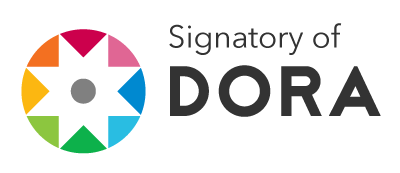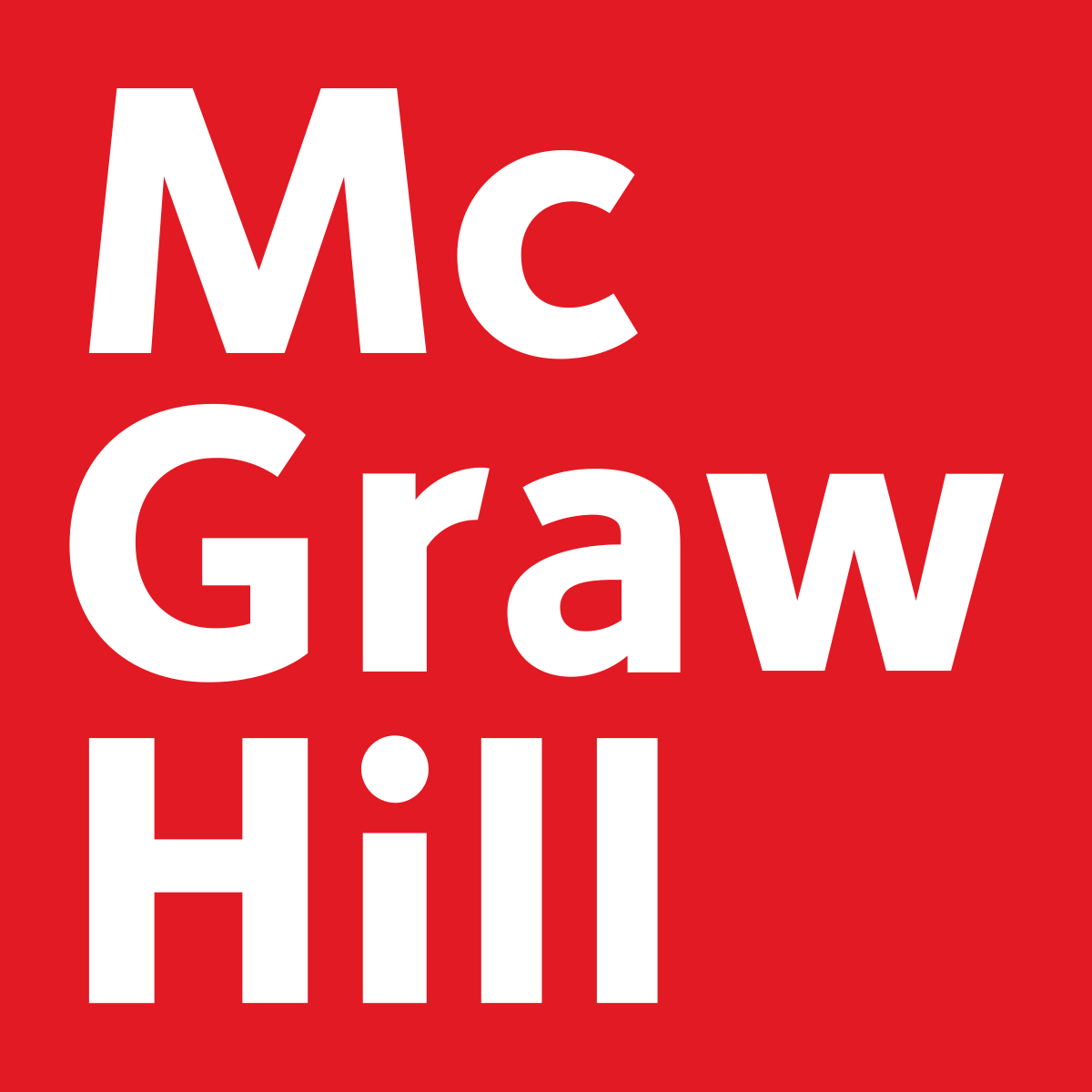Implementation of Creative Strategies in University Students: Pedagogical proposal for a real and meaningful learning
DOI:
https://doi.org/10.37467/gka-revedu.v7.1882Keywords:
Creative Strategies, Teaching-Learning, Significant Learning, Motivation in University Students, Higher Education TeachingAbstract
Creative strategies benefit the students in order to guide them to the achievement of a meaningful learning, because they help to a greater concentration by presenting the content of the class, understanding then the nature, reach and sequence of the information provided. The present field practice was carried out with a group of university students of the third semester of the Faculty of Languages at the Autonomous University of Baja California. Starting with the theme of motivation, five educational strategies are implemented to later know the perspective of the students through a survey.
Downloads
Global Statistics ℹ️
|
606
Views
|
864
Downloads
|
|
1470
Total
|
|
References
Ausubel, D. (2002). Adquisición y retención del conocimiento: una perspectiva cognitiva. Barcelona: Paidos Ibérica.
Ballester, A. (2002). El aprendizaje significativo en la práctica. Recuperado de http://www.aprendizajesignificativo.es/mats/El_aprendizaje_significativo_en_la_practica.pdf
De Bono, E. (2000). El pensamiento lateral: Manual de creatividad. Argentina: Paidós
De la Torre, S. y Violant, V. (2013). Estrategias creativas en la enseñanza universitaria. Recuperado de http://sistemaucem.edu.mx/bibliotecavirtual/oferta/maestria/educacion/ME308/estrategias_creativas_en_la_ensenanza_universitaria.pdf
Díaz Barriga, F. y Hernández, G. (2002). Estrategias docentes para un aprendizaje significativo: Una interpretación constructivista. México: McGraw-Hill.
Gallarreta, A. y Merino, G. (2006). Aportes para la utilización de analogías en la enseñanza de las ciencias. Ejemplos en biología del desarrollo. Revista Iberoamericana de Educación, 37(6), 1-10. Recuperado de https://rieoei.org/RIE/article/view/2678
García, C., Loredo, E. y Carranza, J. (2008). Análisis de la práctica educativa de los docentes: pensamiento, interacción y reflexión. Revista Electrónica de Investigación Educativa, 1-15. Recuperado de http://www.redalyc.org/articulo.oa?id=15511127006
Gómez, M. (2007). Manual de Técnicas Dinámicas. Tabasco: ECOSUR.
Iglesias, I. (1999). La creatividad en el proceso de enseñanza-aprendizaje de ELE: caracterización y aplicaciones. Manuscrito inédito. Facultad de Filología, Universidad de Oviedo.
Monereo, C., Castelló, M., Clariana, M., Palma, M., y Pérez, L. (2011). Estrategias de enseñanza y aprendizaje. Formación del profesorado y aplicación en la escuela. Barcelona: GRAÓ.
Ontoria, A., Ballesteros, A., Cuevas, C., Giraldo, L., Martín, I., Molina, A. y Vélez, U. (2006). Mapas conceptuales. Una técnica para aprender. Madrid: NARCEA.
Ramírez, D. A., Cardona, M., y Álvaro, D. (2010). Aprendizaje significativo a través de secuencias didácticas de planeación, ejecución y evaluación en el programa de Psicología. International Journal of Psychological Research, 3(2), 93-108. Recuperado de http://www.redalyc.org/articulo.oa?id=299023506011
Rivera, J. (2004). El aprendizaje significativo y la evaluación de los aprendizajes. Revista de Investigación Educativa, 8(14), 47-52. Recuperado de http://sisbib.unmsm.edu.pe/bibvirtualdata/publicaciones/inv_educativa/2004_n14/a07.pdf
Downloads
Published
How to Cite
Issue
Section
License
Those authors who publish in this journal accept the following terms:
-
Authors retain copyright.
-
Authors transfer to the journal the right of first publication. The journal also owns the publishing rights.
-
All published contents are governed by an Attribution-NoDerivatives 4.0 International License.
Access the informative version and legal text of the license. By virtue of this, third parties are allowed to use what is published as long as they mention the authorship of the work and the first publication in this journal. If you transform the material, you may not distribute the modified work. -
Authors may make other independent and additional contractual arrangements for non-exclusive distribution of the version of the article published in this journal (e.g., inclusion in an institutional repository or publication in a book) as long as they clearly indicate that the work was first published in this journal.
- Authors are allowed and recommended to publish their work on the Internet (for example on institutional and personal websites), following the publication of, and referencing the journal, as this could lead to constructive exchanges and a more extensive and quick circulation of published works (see The Effect of Open Access).













